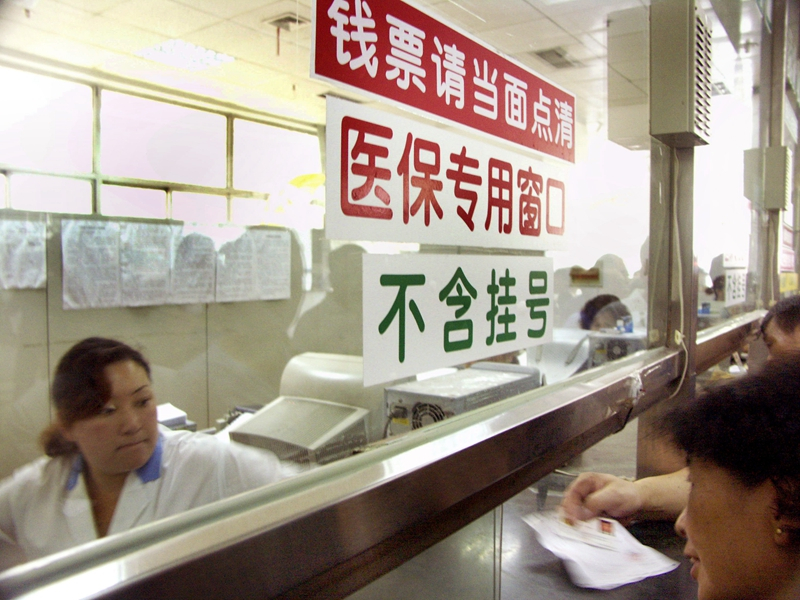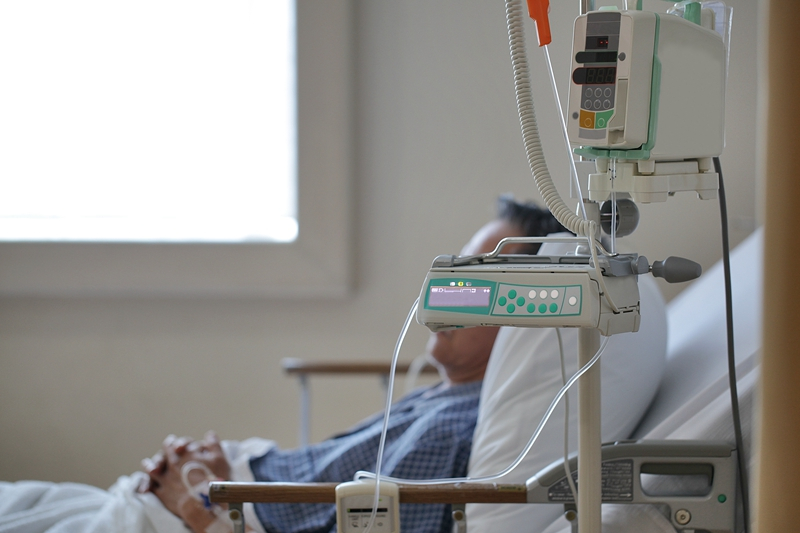02:46

Ten years after China launched a series of medical reforms, officials have gathered in the city of Sanming in southeast China's Fujian Province to review progress. CGTN's Ma Ke went out and about to assess the impact of the reforms in the city.
There are essentially three aspects, or three M's, to China's medical reform: medicare, medicine, and medical services.
China's National Health Commissioners say medicare and medicine are about money, while medical services are about people.

A cashier in the hospital. /CGTN Photo
A cashier in the hospital. /CGTN Photo
In 2012, Sanming's medicare fund was in peril. It showed a deficit of more than 200 million yuan, or about 28 million U.S. dollars.
Last year, just six years into the pilot reform projects, there was a surplus of two billion yuan, or roughly 300 million U.S. dollars.
Commissioners say the turn-around was largely due to the government's massive cuts in medicine prices.
Yang Yong, manager of a local drug store told us the city has very strict regulations on the prices of the so-called A-list drugs for high blood pressure, diabetes and other chronic diseases, which are much cheaper, especially after China encourages generic drugs from domestic pharmaceuticals.
This is a good news, especially for patients with major diseases in rural areas.

A patient with uremia in the hospital. /CGTN Photo
A patient with uremia in the hospital. /CGTN Photo
In one of Sanming's county-level hospitals, 90-year-old Zheng Chunying is having her third hemodialysis in the week.
Her son told us the medical bill was a heavy burden before the new policies. The man also said his wife is schizophrenic and lives in a local facility. So it's two medical bills for him every month. He used to pay thousands of yuan a month. But now it's only less than 300.
Residents in rural China can now get financial assistance for 20 major diseases, including leukemia, congenital heart disease, end-stage renal disease, cervical cancer, and breast cancer.
Now that coverage is broader, and prices are lower, patients can rest a little easier.
But what about those who are prescribing the life-saving treatments?
In our next episode, we'll see how Sanming's doctors and healthcare providers are affected by the reforms.